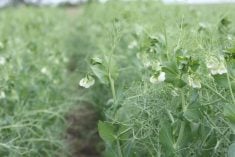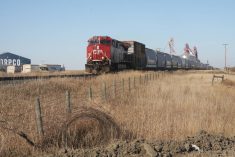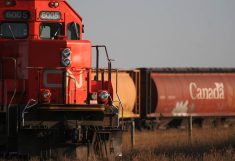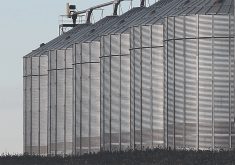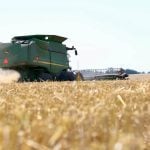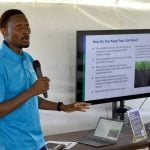The head of Canada’s largest producer organization expects the Sustainable Agriculture Strategy to be top of mind during meetings next week.
The Canadian Federation of Agriculture is scheduled to hold meetings with agriculture ministers ahead of their annual federal-provincial-territorial meeting July 19-21 in Fredericton.
President Keith Currie said farmers appreciate the extra $250 million in agri-environmental funding announced after last year’s meeting and the signing of the Sustainable Canadian Agricultural Partnership, but that won’t be enough money.
“When you think about what may need to be done under the Sustainable Agriculture Strategy (SAS), it’s probably very inadequate as far as funding goes, so do we need to look at some other type of program funding, perhaps even outside of agriculture?” he said.
Read Also
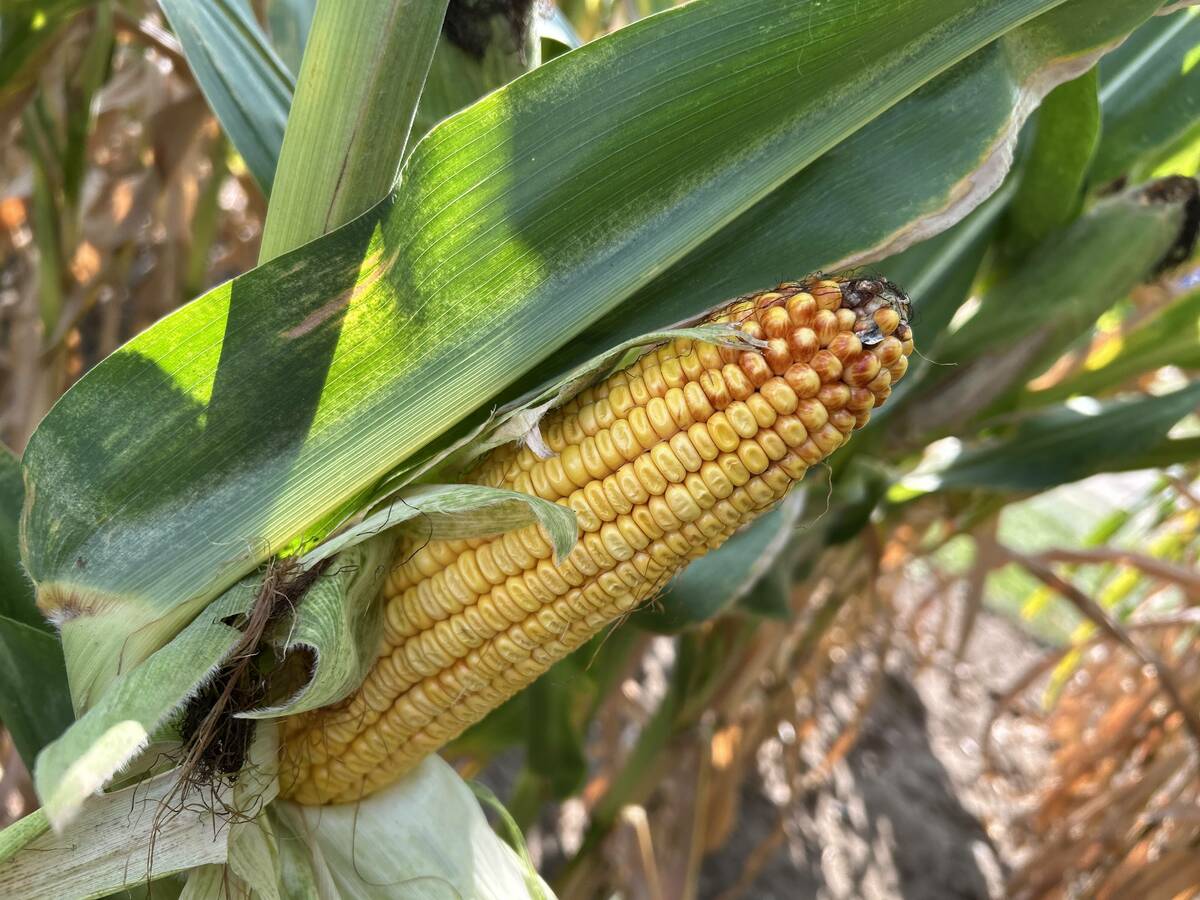
Crop estimates show mixed results
Model-based estimates used by Statistics Canada showed the 2025/26 crop year has seen increases in canola, corn for grain, oats and lentils production while seeing dips in spring wheat, durum wheat, soybeans and barley in comparison to 2024/25.
Agriculture Canada completed its online strategy consultation at the end of March and plans to release a report.
Currie said when people hear the word sustainability, their first thoughts go to the environment.
“But for those of us on the ground there’s got to be an economic portion to that because we aren’t going to go broke doing this,” he said.
Currie said the SAS needs to be flexible to allow provinces to adapt programming to where it best suits their farmers, and the funding has to come from other sources such as environment, or infrastructure.
Involving farmers in designing the strategy is critical.
“I think what the federal government is starting to realize is they should have consulted the agriculture community sooner,” he said, pointing to the uproar over the proposed 30 percent reduction in fertilizer emissions.
“A simple conversation with the people on the ground would have saved them a lot of angst.”
He said this government views absolutely everything through a climate change lens and is realizing that agriculture is key to that. The government says it wants to support farmers but has to understand the industry before it can do that.
“I think that’s our struggle. They just don’t understand the industry. When you look at carbon sequestration, for example, outside of forestry and agriculture, who else does it?”
Currie said he also hopes the ministers discuss improvements to AgriRecovery, so that the federal government can respond to disasters without provinces having to make a formal request, and to AgriStability to make more responsive so more farmers will participate.
Saskatchewan agriculture minister David Marit agreed AgriStability has to pay farmers quicker, but he doesn’t know how much quicker it can be than 18 months because of accounting practices.
He said he has concerns about a Liberal private member’s bill, C-293. That bill is for pandemic prevention and preparedness, but it delves into animal health, antimicrobial resistance and other agricultural issues.
“What is their agenda at the end of the day when they start looking at alternate proteins and intensive livestock operations and things like that?” Marit said. “It could have a big impact on the whole livestock sector in Saskatchewan.”
Last year, the federal fertilizer emissions reduction goal was a top concern for several provinces. Marit said he agrees with the idea of increasing production using the same amount of fertilizer, which would amount to a reduction in the emissions-per-production ratio.
“We’re going to have to increase food production. We’re going to have to. How can we do that still, making sure that our carbon footprint is what it is?” he said.
Saskatchewan plans to issue a final report in September on the carbon footprint of its grain and oilseed farmers.
Ministers are also expected to talk about African swine fever, labour shortages and possibly the foot-and-mouth vaccine bank. The federal government has said it wants the provinces to help pay for the bank.
Marit said he has concerns how that would work if it used a per capita formula, considering the vast majority of the cattle are in Alberta and Saskatchewan but most of the people live in Ontario and Quebec.
“I think it’s more a federal responsibility because this would have huge trade implications globally,” he said.




